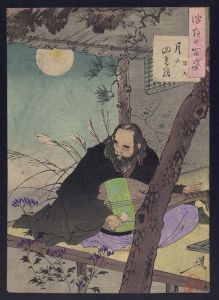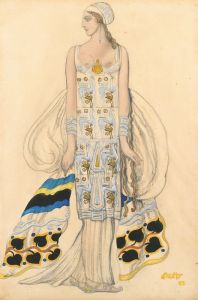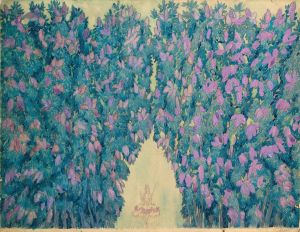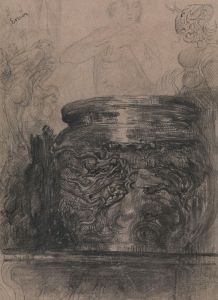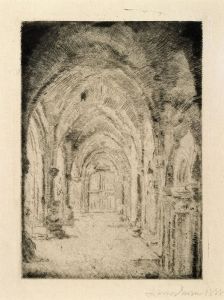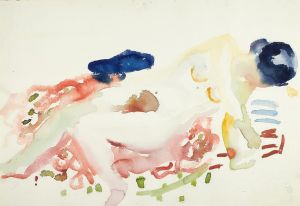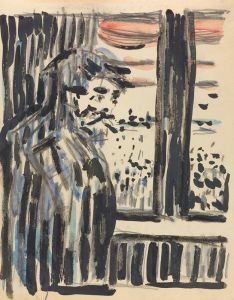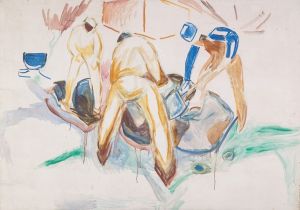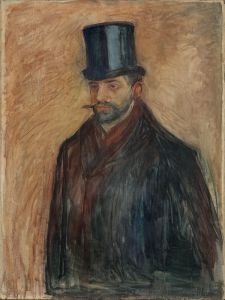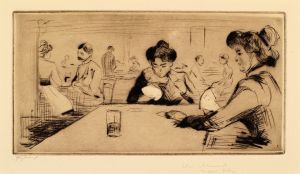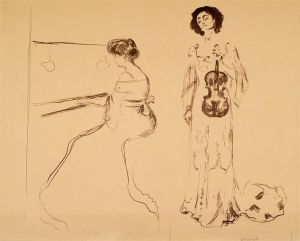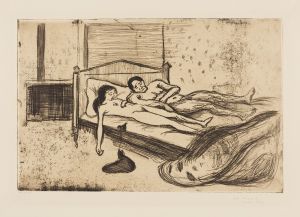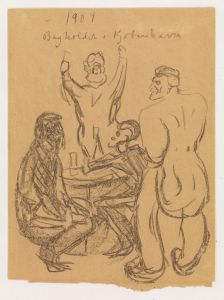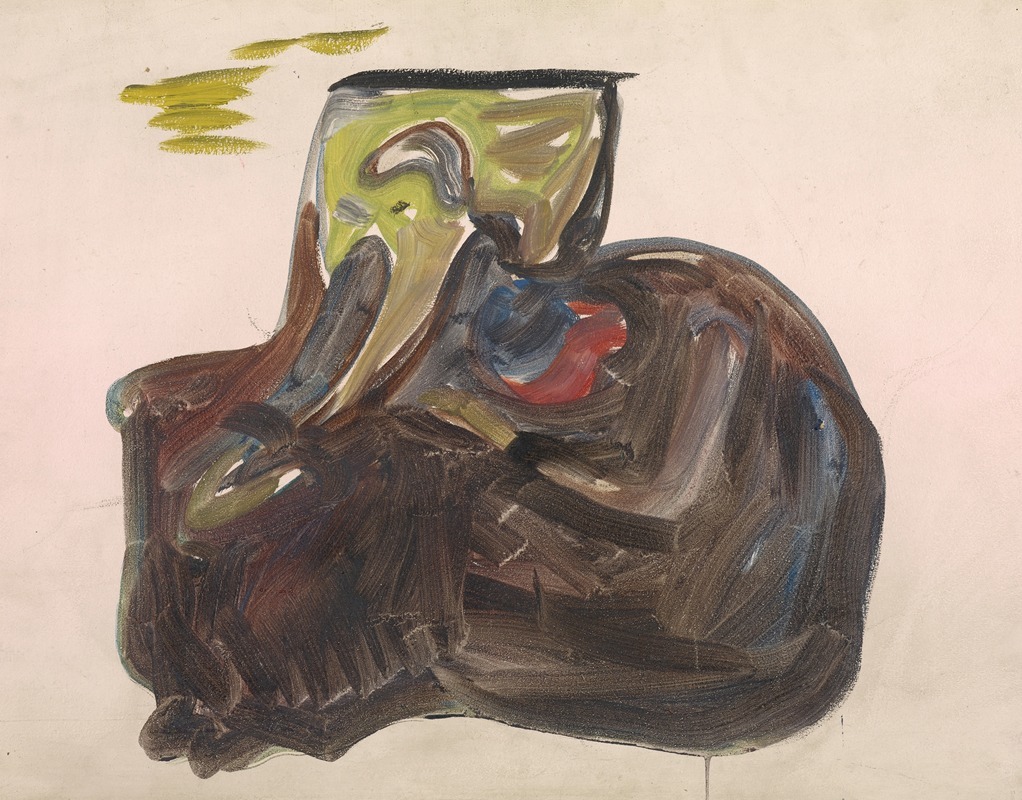
Set Design for Henrik Ibsen’s Ghosts
A hand-painted replica of Edvard Munch’s masterpiece Set Design for Henrik Ibsen’s Ghosts, meticulously crafted by professional artists to capture the true essence of the original. Each piece is created with museum-quality canvas and rare mineral pigments, carefully painted by experienced artists with delicate brushstrokes and rich, layered colors to perfectly recreate the texture of the original artwork. Unlike machine-printed reproductions, this hand-painted version brings the painting to life, infused with the artist’s emotions and skill in every stroke. Whether for personal collection or home decoration, it instantly elevates the artistic atmosphere of any space.
Edvard Munch, the renowned Norwegian painter and printmaker, is best known for his emotionally charged works such as The Scream. However, his artistic contributions extended beyond painting and printmaking into other creative fields, including set design. One notable example of this is his work on the set design for Henrik Ibsen’s play Ghosts (Gengangere in Norwegian).
In 1906, Munch was commissioned to create stage designs for a production of Ghosts at the Deutsches Theater in Berlin, directed by Max Reinhardt, a prominent figure in modern theater. This collaboration marked a significant moment in the intersection of visual art and theater during the early 20th century. Munch’s involvement in the production reflected his deep engagement with the psychological and emotional themes that also permeated Ibsen’s work.
Ghosts, first published in 1881, is a play that delves into themes of societal hypocrisy, inherited guilt, and the consequences of past actions. Munch’s artistic sensibilities, which often explored similar themes of existential anxiety and human vulnerability, made him a fitting choice for this project. His set designs for the play were characterized by their stark, evocative imagery, which aimed to enhance the emotional intensity of the drama. Munch’s use of bold colors and simplified forms created a visual atmosphere that complemented the play’s somber and introspective tone.
The collaboration between Munch and Reinhardt was part of a broader movement in early 20th-century theater to integrate visual art more deeply into stage productions. This approach sought to create a more immersive and unified artistic experience for audiences. Munch’s contributions to the set design for Ghosts are considered an important example of this trend, showcasing how visual art could be used to amplify the psychological and thematic depth of a theatrical performance.
While the original set designs themselves have not survived, contemporary accounts and reviews of the production highlight the impact of Munch’s work. His designs were praised for their ability to evoke the emotional and symbolic undercurrents of Ibsen’s play, demonstrating his skill in translating complex psychological themes into visual form.
Munch’s work on Ghosts remains a significant, though less widely known, aspect of his artistic legacy. It underscores his versatility as an artist and his willingness to engage with different mediums and forms of expression. This collaboration also reflects the broader cultural currents of the time, as artists and thinkers sought new ways to bridge the boundaries between different art forms.





